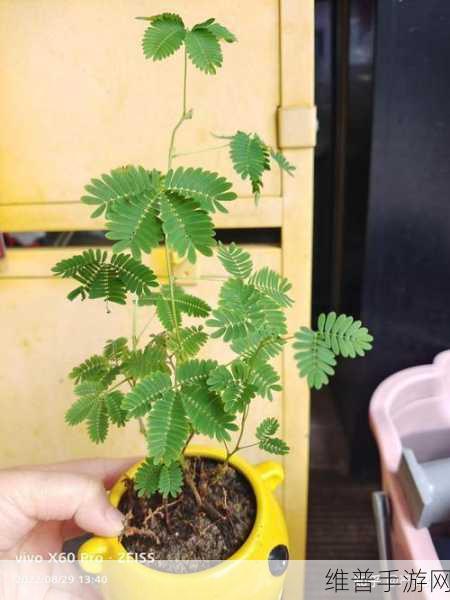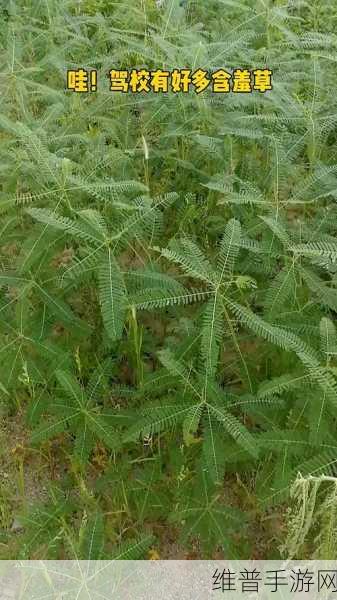含羞草的神秘世界
含羞草,又名“敏感植物”,因其叶子在受到触碰时会迅速合拢而引发人们的好奇。这种独特的反应机制使得它成为了许多研究者和爱好者关注的对象。探讨这个现象不仅能够增进对植物行为学及生物适应性的理解,还能为相关领域带来新的启示。
含羞草成年实验所概述
该实验旨在深入了解含羞草在不同环境因素下表现出的性状变化与响应能力。通过模拟各种自然条件,观察这些植物如何调整自身以适应外界刺激,包括光照、湿度以及土壤成分等。此外,研究人员还监测了其生长速度、开花周期及果实成熟情况,以全面评估包括遗传变异在内的各类影响因素。

实验方法与步骤
本次实验选取数个样本进行对比分析。在控制组中,保持稳定的一系列条件;而对于试验组则施加不同强度和频率的干扰。例如,通过定期浇灌改变水分供给,再结合温室中的气候调控系统,使植株暴露于极端天气模式下。同时,引入先进的数据采集技术,与传统观测相结合,为后续数据分析提供丰富信息。
结果解析:反应机制揭秘
经过一段时间的数据收集与整理,可以发现,含羞草确实展现出了较强的环境适 应性。在遭遇轻微接触时,其叶片迅速闭合,而当恢复到原有状态后又逐渐张开,这种自我保护机制有效地降低了潜在捕食者造成的伤害。此外,在一些特殊处理情况下,不同品系之间对环境刺激显示出显著差异,有些甚至出现了超常规增长或延迟开放现象,这无疑为我们揭示基因表达背后的秘密开启了一扇窗户。

生态意义:守护濒危物种
This research not only sheds light on the complex interactions between plants and their environment but also highlights the importance of preserving sensitive species like Mimosa pudica. Many areas that are home to these remarkable plants face environmental threats such as deforestation, pollution, and climate change. By understanding how they respond to stressors, conservationists can develop better strategies for protecting their habitats.
Cultural视角:人与树之间的话语权利
The presence of Mimosa pudica in various cultures is fascinating; it often symbolizes sensitivity and vulnerability. This cultural significance adds another layer of interest when studying this plant's biology. Local folklore may attribute mystical properties to its rapid movements, further intertwining human experiences with botanical phenomena. Understanding these narratives offers insights into humanity’s relationship with nature.
Mimosa Species Diversity Exploration:
- Diverse ecological niches foster unique adaptations among different mimosa species.
- A broader study could reveal potential applications in agriculture or horticulture based on varied responses observed across regions.
- An ongoing investigation into hybridization might yield new cultivars boasting enhanced characteristics suited for specific environments.







